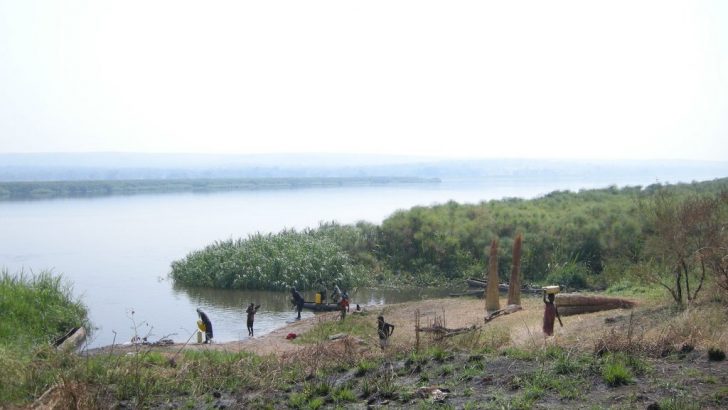World of Books by the Books Editor
The other day emerging from my oculists in Grafton Street, I was trying out my new distance glasses. Coming towards me down Nassau Street was a No. 11 bus, bound for ‘Wadelai Park’.
Thankfully I could see this quite clearly, but it set my memory going, for the No. 11 was the familiar bus I often got back from school, as it passed through Ranelagh. But back then I used to wonder about the name ‘Wadelai’ – just what did that mean?
Was it, as with Mobhi Road, the name of an obscure Celtic saint? I must have been told something about it, as it was lodged in by mind with an association with the Sudan and the “Mad Mahdi”. Seeing the name the other day I thought it was time that my reference books supplied a proper answer.
My eight volume Harmsworth Encyclopaedia (1905) tells me that Wadelai is a town on the left bank of the Upper Nile, 40 miles north of lake Albert Nyanza, which was the centre of Emin Pasha’s Equatorial province prior to his relief by Stanley in 1889. “It came under British influence in 1894” – what a lovely period phrase.
Emin Pasha was the Egyptian governor attempting to expand Egyptian (really British) influence in central Africa. He was besieged there by the forces of the Mahdi, whose ‘revolt’ enflamed Sudan leading to the death of General Gordon. One of Stanley’s force that rescued Emin was Dr T. H. Parkes, whose statue stands in Merrion Square outside the Natural History Museum, about whom my friend Dr J. B. Lyons wrote an excellent book, Surgeon-Major Parke’s African Journey 1887-89 in 1994).
Wadelai was named for a local chief, a vassal of King Kabalega of Bunyoro, who desired to develop his country in his own way and strenuously resisted British expansionism. The Union flag was finally raised over Wadelai in 1894 – when the name was given to the Dublin road.
The long road to Wadelai that I failed to take at the age of 10 winds back unexpectedly though history and literature to the great days of Imperialism. It is, or ought to be, a reminder of the role of Ireland and the Irish in those times, but which seems strangely neglected in the popular imagination, except for a few words like dekko and fellah.
It is strange to see how on that long road to Wadelai books and history intertwine in such a strange organic way, one thing connecting with another.
The real Wadelai
But what of the real Wadelai? Winston Churchill (whom we might claim as an Irish author seeing as how he was raised to read and write in the Viceregal Lodge) wrote in his African Journey (1909) of stopping there two years before.
“Wadelai was deserted. Upon a high bank of the river stood a long row of tall, peaked, thatched houses, the walls of a fort, and buildings of European construction. All was newly abandoned to ruin, [and] will soon be swallowed by the jungle…and the traveller sees, not without melancholy, the spectacle of civilization definitely in retreat after more than half a century of effort and experiment.
“We disembarked and climbed the slopes through high rank grass and scattered boulders till we stood amidst the rotting bungalows and shanties of what had been a bold bid for the existence of a town. Wadelai had been occupied by white men perhaps for 50 years. For half a century that feeble rush-light of modernity, of cigarettes, of newspapers, of whisky and pickles, had burned on the lonely banks of the White Nile to encourage and beckon the pioneer and settler. None had followed.
“Now it was extinguished; and yet when I surveyed the spacious landscape with its green expanses, its lofty peaks, its trees, its verdure, rising from the brink of the mighty and majestic river, I could not bring myself for a moment to believe that civilization has done with the Nile Province, or that there is no future for regions which promise so much.”
There was indeed not always a happy future for this region, now Uganda, but as with Ireland it would not be a British colonial one.


 Peter Costello
Peter Costello Scene on the Nile near Wadelai
Scene on the Nile near Wadelai 